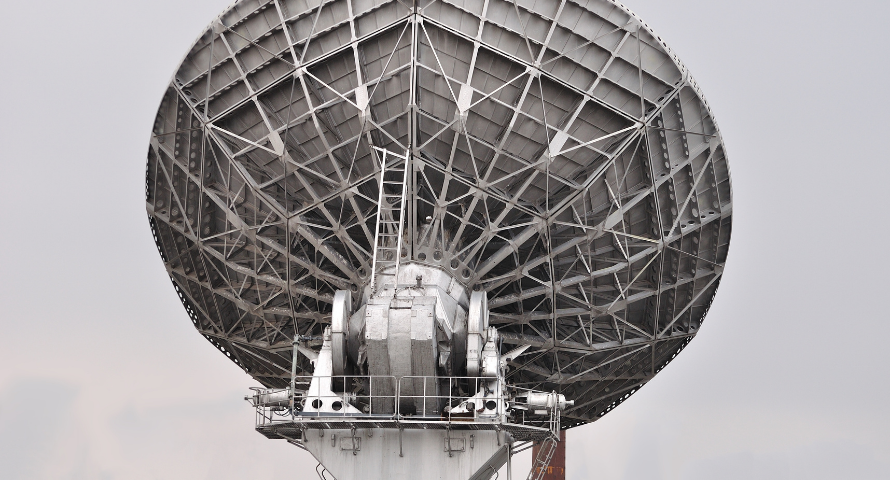New Satellite Systems and Technological Trends
14 November 2024
Satellite systems continue to play a crucial role in many sectors today, along with rapidly advancing technological trends. With the growing range of uses in fields such as communication, navigation, remote sensing, and data analytics, satellite systems are becoming more powerful with the latest technological innovations. In this article, we will explore the new systems and technological trends emerging in satellite technology.
1. Small Satellites and CubeSats
Compared to traditional large satellites, CubeSats, which are smaller and more cost-effective, have become popular, especially in research and education. These small satellites enable the creation of a communication network with more satellites thanks to their low cost. Commercial companies, research institutions, and educational organizations benefit from these small satellites for data collection and remote sensing. The low cost and rapid production advantages of CubeSats open up new opportunities for space exploration.
2. Satellite Constellations and Mega-Constellations
Satellite constellations are systems where multiple satellites work in coordination to serve the same purpose. These systems are especially preferred for providing uninterrupted internet access over large areas. Mega-constellations aim to provide internet connectivity to even the most remote corners of the world with hundreds or even thousands of satellites. SpaceX's Starlink project and Amazon’s Kuiper project highlight the trend of mega-constellations to expand global internet access.
3. Reusable Satellite Components
Another innovation in space technology is the development of reusable satellite components. Especially aimed at reducing rocket launch costs, companies like SpaceX have developed reusable rocket technologies, making satellite projects more economical. This trend contributes to a more sustainable space economy by reducing satellite launch and maintenance costs.
4. Artificial Intelligence (AI)-Supported Satellite Systems
Artificial Intelligence is used in satellite systems for data analysis, mission planning, and decision support systems. AI-supported satellite systems deliver faster and more accurate results in fields like image processing, remote sensing, environmental monitoring, and disaster management, through machine learning models and algorithms. Additionally, AI-equipped satellites can optimize themselves, extend mission durations, and increase energy efficiency.
5. Role of Satellites in 5G and Communication Infrastructure
With the proliferation of 5G technology, the role of satellite systems in communication infrastructure is becoming increasingly important. Satellites can serve as a critical link in providing 5G services, especially in rural and remote areas. 5G-compatible satellites can make broadband access more accessible worldwide by offering high-speed data transmission.
6. Quantum Encryption for Satellite Security
Quantum encryption, which has initiated a new era in satellite security, is a revolutionary technology for enhancing data security. Quantum technology is much more secure than classical encryption methods, as quantum data cannot be copied, and any interference can be detected. Thus, data integrity and confidentiality are highly protected in satellite communications.
7. IoT and Satellite Integration
The integration of the Internet of Things (IoT) and satellites provides device-to-device connectivity on a global scale. IoT satellite technology finds broad applications in sectors such as agriculture, transportation, energy, and environmental monitoring, enabling data transfer even in challenging areas. Satellite-supported IoT solutions facilitate data collection from devices spread over vast geographies.
Conclusion
These new trends in satellite technology present significant innovations in areas like communication, security, data analysis, and environmental monitoring. Spanning a wide range from small satellites to mega-constellations, from AI to quantum encryption, these advancements increase the future potential of satellite systems. The continued rapid pace of technological advancement will contribute to creating a more accessible world with more sustainable and innovative solutions in space.
 EN
EN
 TR
TR
